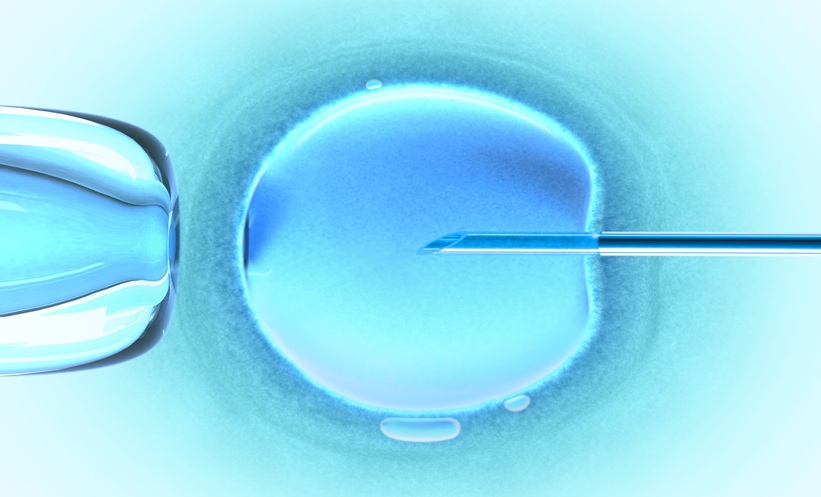EPIDURAL or combined spinal-epidural analgesia during labour is associated with reduced risk of severe maternal morbidity, according to a study on vaginal births carried out in New York State Hospitals, New York, USA. Labour neuraxial analgesia is an effective approach used to relieve labour pain during childbirth. It is used in approximately three-quarters of births in the USA.
Postpartum haemorrhage (PPH) is a leading cause of avoidable severe maternal morbidity (SMM), as well as maternal morbidity as of 2021. The current reported incidence of SMM doubled between 1999—2017. Additionally, the risk of SMM has a three-fold increase for ethnic minorities and other races, compared to non-Hispanic White females.
In this study, SMM involved 16 maternal complications such as heart failure, and five other procedures including hysterectomy. The samples used in the study included vaginal delivery hospitalisations between January 2010—December 2017, among females aged 15—49. This investigation was limited to New York, USA, which is the only participating state in the Healthcare Cost and Utilization Project (HCUP) that provided information on anaesthesia care. In this large cohort study of 575,524 females who had undergone vaginal delivery, the average age was 28. 8% were non-Hispanic Asian or Pacific females, 15% were non-Hispanic Black females, 45% were non-Hispanic White females, and 13% were of other races and ethnicities.
The study results indicated SMM occurred in 7,712 females (1.3%), of which 2,748 (36%) had PPH. According to nationwide data, approximately 80% of non-Hispanic White females receive analgesia, 70% of non-Hispanic Black females, and 65% of Hispanic females.
“Our goal was to examine the potential benefit of labour neuraxial analgesia in reducing severe maternal morbidity,” said Jean Guglielminotti, Department of Anesthesiology at Columbia University College of Physicians and Surgeons, Pennsylvania, USA, and first author. “The findings indicate that use of labour neuraxial analgesia for vaginal deliveries is associated with a 14% reduction in severe maternal morbidity. Labour neuraxial analgesia may facilitate early evaluation and management of the third stage of labour to avoid escalation of PPH into grave complications and death.”








